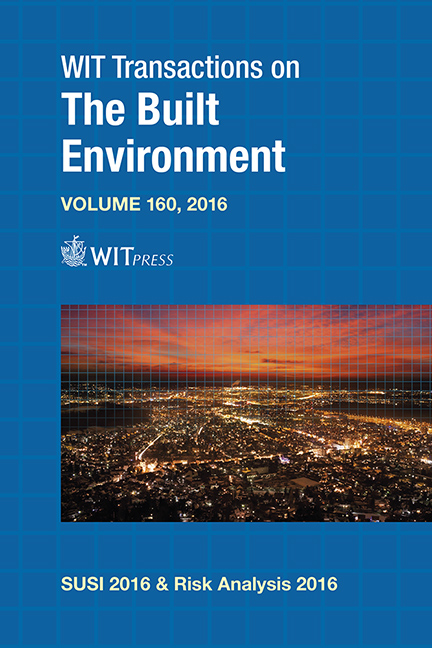Awareness Of The Vulnerability Of Critical Infrastructures To IEMI Threats: Lessons From Austria
Price
Free (open access)
Transaction
Volume
160
Pages
12
Page Range
51 - 62
Published
2016
Size
301 kb
Paper DOI
10.2495/SUSI160061
Copyright
WIT Press
Author(s)
B. Jager, A. Preinerstorfer, G. Neubauer
Abstract
In recent years, the relevance of electromagnetic threats has increased steadily. In the meanwhile, electromagnetic attacks have been included as one of the novel dangers to critical infrastructures of European societies and beyond. Facing this challenge, the European Commission funded several projects addressing this issue. As one result, the FP7 project HIPOW aims at the development of a holistic regime for critical infrastructure protection against threats posed by electromagnetic radiation in Europe. An examination of policies at different institutional stages issuing the protection against IEMI threats serves as a starting point for evaluating the current protection framework. HIPOW will raise awareness about general vulnerabilities and shortfalls in the design of reallife European critical infrastructure. By making recommendations to policy makers and organisations operating critical infrastructures, HIPOW contributes to the harmonisation of emerging protection frameworks against IEMI threats across Europe. This implies the establishment of a network for operating and supervising protection and preparedness activities to face IEMI threats. Prospective findings will reflect how current protection concepts address identified threats posed by IEMI threats, how overarching strategies are shaping the protection framework and how these strategies may enhance resilience of societies. For that purpose, initiatives intending to increase security will be analysed with regard to their significance for the European security approach.
Keywords
critical infrastructure protection, European critical infrastructures, European security policies, human induced hazards, IEMI, vulnerability





